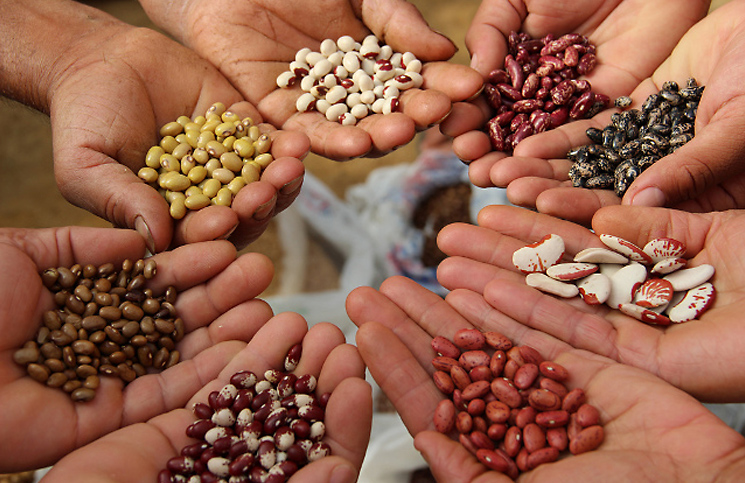 First the crocuses peeked through the bare earth, then the daffodils began to toss their yellow manes joyfully in the warm breezes. Spring has been arriving in these last weeks at Villa St. Joseph with a determined yet gentle presence telling the good news of the resurrection upon all the earth. Last week we had Dana, a freelance journalist from NCR’s Global Sisters Report, come to visit. She was eager to hear how this integrated vision of ecology and spirituality had come to be one of the key and vital ministries of a Sister of St. Joseph in the world today. After chatting with her for a time we led her on a tour of our land, first through St. Joseph’s Community Gardens where she chatted with and videoed some of the gardeners. Although the gardens were just coming to life, she was surprised to find how much was already beginning to flourish, little onions, tiny lettuce, and early peas poking their way through the crusts of earth.
First the crocuses peeked through the bare earth, then the daffodils began to toss their yellow manes joyfully in the warm breezes. Spring has been arriving in these last weeks at Villa St. Joseph with a determined yet gentle presence telling the good news of the resurrection upon all the earth. Last week we had Dana, a freelance journalist from NCR’s Global Sisters Report, come to visit. She was eager to hear how this integrated vision of ecology and spirituality had come to be one of the key and vital ministries of a Sister of St. Joseph in the world today. After chatting with her for a time we led her on a tour of our land, first through St. Joseph’s Community Gardens where she chatted with and videoed some of the gardeners. Although the gardens were just coming to life, she was surprised to find how much was already beginning to flourish, little onions, tiny lettuce, and early peas poking their way through the crusts of earth.
As often happens when you are touring someone around on our land here, an unexpected lesson presented itself to me. As we walked over the front lawn leading down to the lake, I spied a few of the tiny wild violets that were blooming in their small but largely unnoticed way. I had missed seeing them this spring, had been too busy. As I crouched down Dana followed with her camera. When I was kneeling admiring the few wonderful, intricate wild violets I had chanced to notice, my gaze looked up a touch and there I saw more and more of the precious violets revealing their tiny but wondrous unfolding of God’s beauty. I said to Dana, “When we take the time to look, the more we see.”
As we had shared with her our project to grow milkweed for the Monarchs, she mentioned to me again how she’d like to see a milkweed growing, she’d never seen one before. Well, really it was too early. But as we walked through the east field, sure enough there were a few milkweed seedlings just coming up. She crouched down in wonder with her camera, then I could see the camera lifting up a little across the field. I followed her gaze and then she turned to me smiling and said, “the more you look the more you see- amazing to see how many more little milkweeds there are!”
That simple lesson has stayed with me all week, there is so much beauty and hope just nearby, if only we look and see.
Linda Gregg, CSJ





